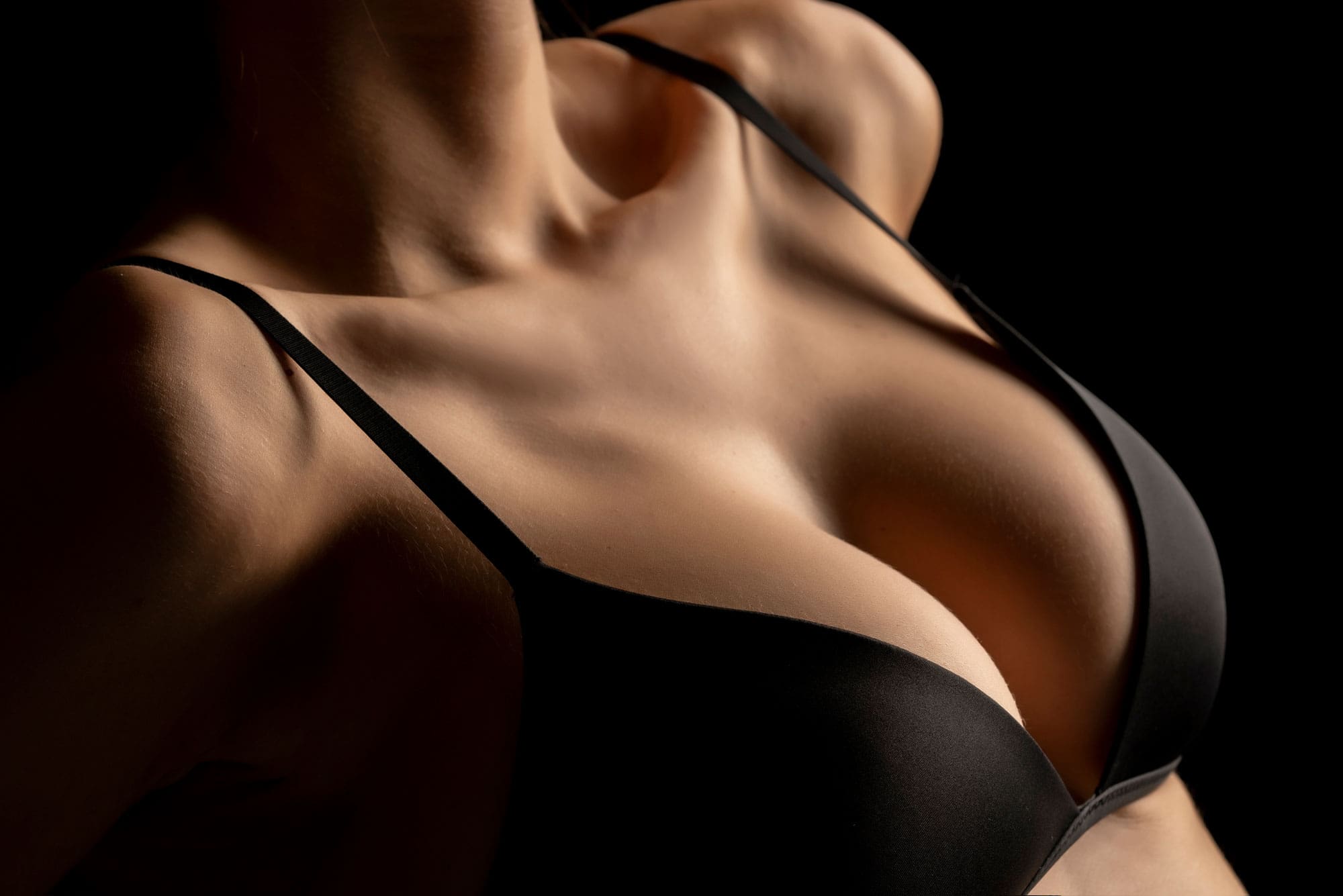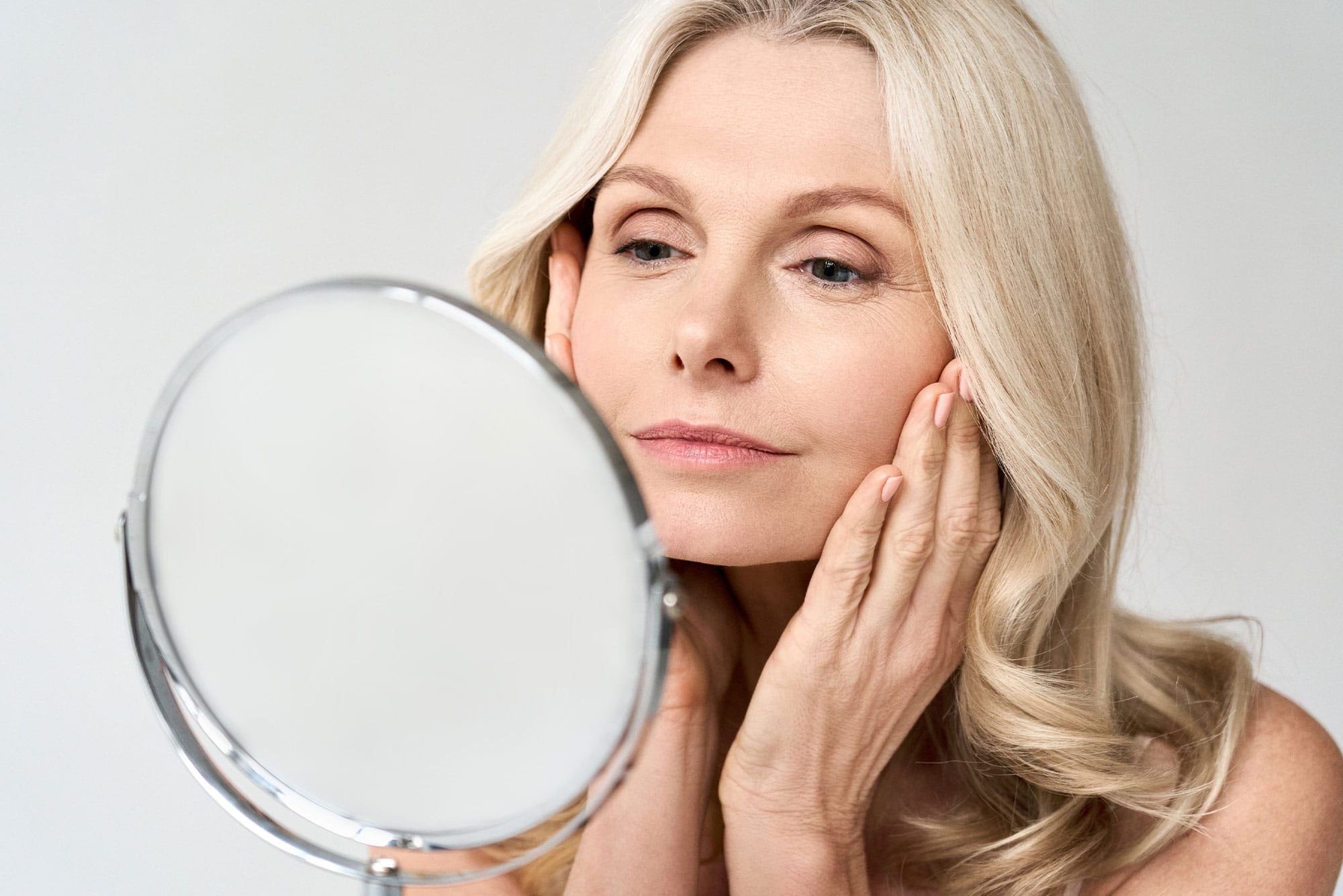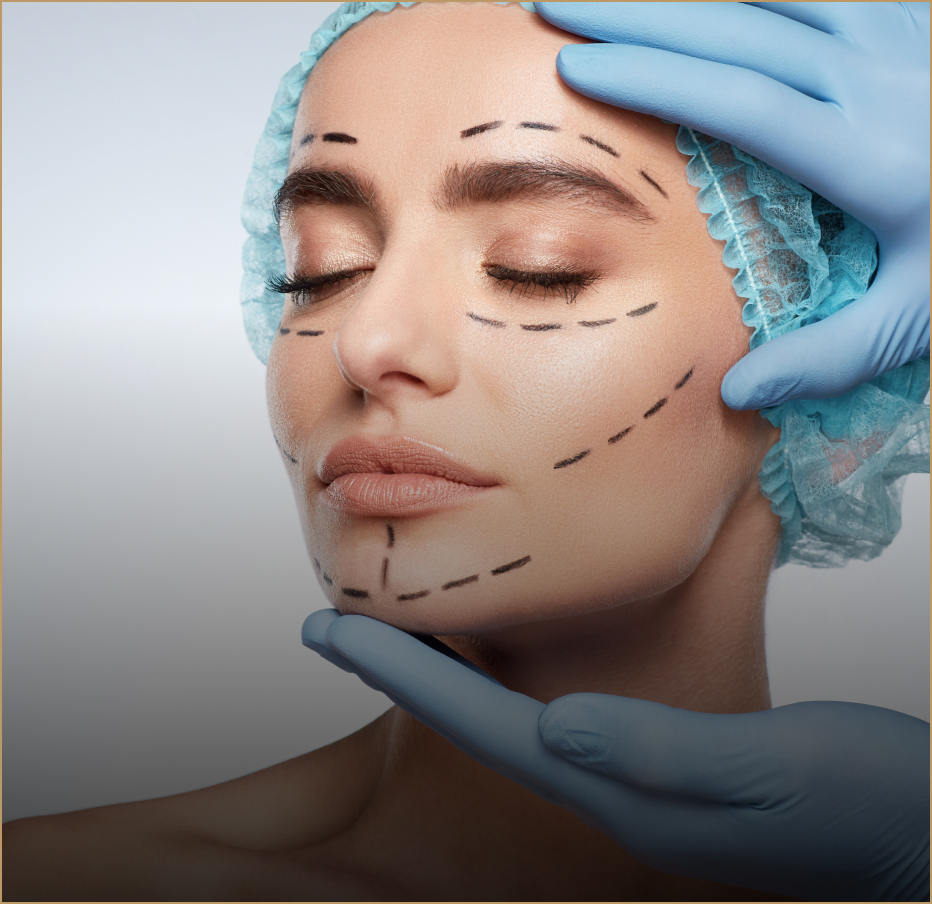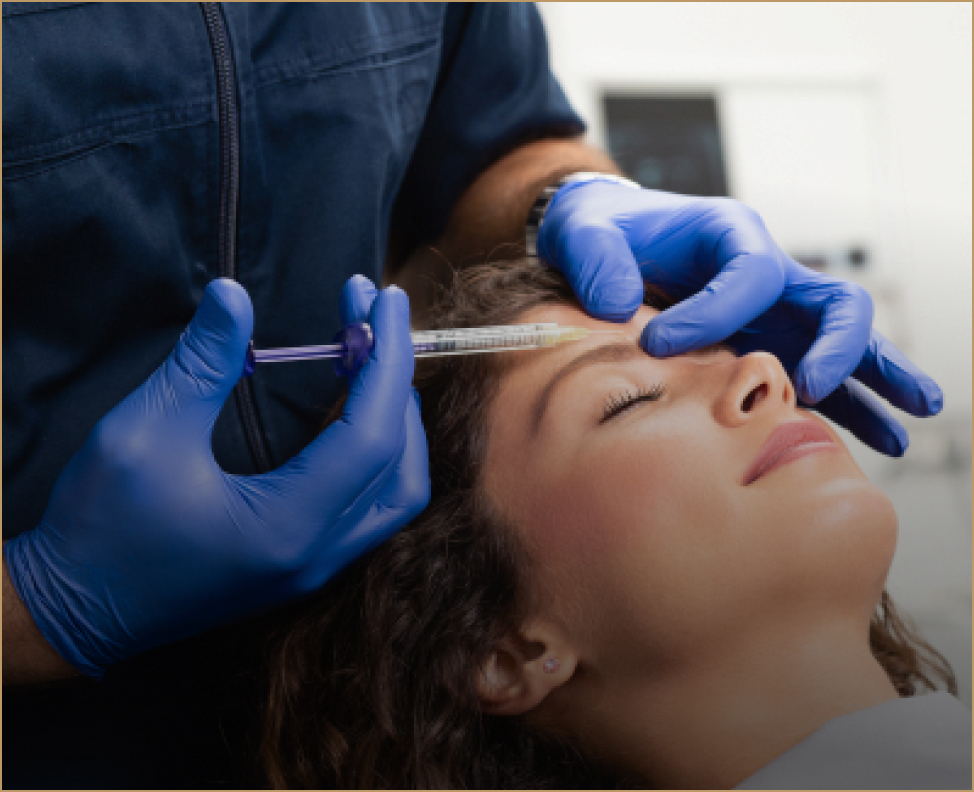Summer is on its way and you’re looking for one final way to blast the effects of a cold winter off of your face. If you want a natural glow for the summertime, one way is to try microdermabrasion. The treatment refreshes your skin without a long recovery time and much discomfort. While microdermabrasion is often recommended for the colder months of the year, you can still have it performed in summer, as long as you take steps to protect your skin afterward.
What Does Microdermabrasion Do?
Microdermabrasion refreshes your skin in several ways. It’s an ideal treatment for mild acne scars, blackheads, and uneven skin tone. It can also help reduce the look of fine lines and can make skin less oily. Since it’s more gentle than laser skin-resurfacing and other skin treatments, it’s better suited for people who are just beginning to have signs of aging.
How Many Treatments Are Required to See Microdermabrasion Results?
People who have microdermabrasion typically schedule a series of treatments every other week at the beginning. After the initial treatments, many people have it once a month to maintain their look. It’s also possible to space the treatments out even more, such as having one a season or every other month.
Patients can expect their skin to look smoother, more polished, and more vibrant immediately following their first treatment. However, since microdermabrasion only treats the very superficial layers of the skin, multiple treatments are often necessary.
What to Expect During and After the Microdermabrasion Procedure
Microdermabrasion can be performed in one of two ways. One method uses a device that blows micro-crystals across the skin’s surface. The tiny crystals exfoliate the skin, removing the top layer of dead skin cells. A small vacuum attached to the device removes the crystals and skin cells from the surface during treatment.
Quintessa Medical Spa uses a wand with diamond chips on the end. The diamond tip moves across the skin, removing the top layer of cells. The loosened skin cells are suctioned off the face using a small vacuum.
Typically, the whole process takes about 30 minutes. You don’t need an anesthetic or sedation during it, as discomfort is very minimal. Some people feel a slight scratching during the treatment and vibrations from the wand and vacuum.
After the treatment, the provider will typically apply an emollient skin care product to the area. Products such as Oxy-Mist might be used to help the skin heal more quickly and to give the skin the nutrients it needs.
How Long Does Microdermabrasion Last?
There are very few longer-lasting effects of microdermabrasion, which is why we recommend that patients consider getting treatments regularly for best results.
Is There Any Downtime to Microdermabrasion?
Microdermabrasion is a gentle procedure with no downtime, leaving patients with polished and wonderfully refreshed skin.
Will Microdermabrasion Successfully Remove Sun Spots, Freckles, and Wrinkles from the Chest or Decolletage Area?
Microdermabrasion polishes the skin and removes the most superficial layer, allowing skin care products or chemical peel treatments to be more effective. While microdermabrasion can give your chest a healthier appearance, it does not improve wrinkling. It will only help sun spots when combined with other treatments such as Ultherapy.
We can also perform fractional laser resurfacing in the area where the laser creates small holes in the skin that cause a significant amount of new collagen deposition. This helps tighten the skin and improve wrinkling.
We get it. The neck, chest, and decolletage areas age the most quickly, and neither makeup nor exercise can tighten or smooth the skin here. That’s why we recommend microdermabrasion on the chest, combined with other treatments like the laser treatments mentioned above. It’s the best, nonsurgical way for our patients to see more satisfying results.
I Have Some Minor Redness from Rosacea and a Few Broken Blood Vessels. Can Microdermabrasion Improve This?
Microdermabrasion will not improve the redness from rosacea or any broken blood vessels. In fact, we would want to be extraordinarily careful in patients with redness and broken blood vessels since microdermabrasion can actually be irritating in those skin types. We would highly recommend considering broadband light to improve the redness and broken blood vessels and good skincare to maintain this healthy improvement.
Caring for Your Skin After the Microdermabrasion Treatment
While there’s no recovery time after microdermabrasion, you do want to take care of your skin right after treatment. Removing the top layer of skin will make your face more sensitive to the sun. You should always wear sunblock. Doing so becomes critical after microdermabrasion. You might also want to do your best to avoid the sun entirely for the first week or so after treatment. If you want a quick guide to self skin-care, read this guide for expert tips on achieving long-lasting results after your cosmetic procedure!
Use gentle products to cleanse and moisturize your skin in the first week after the treatment. You’ll want to avoid products with alpha hydroxy acids, retinoids or benzyl peroxide for a few days, as these ingredients can irritate sensitive skin. Talk to your doctor about the products he recommends for post-microdermabrasion. When choosing skin-care products for after treatment, it’s best to stick with products that soothe the skin and help keep it smooth.









